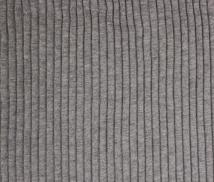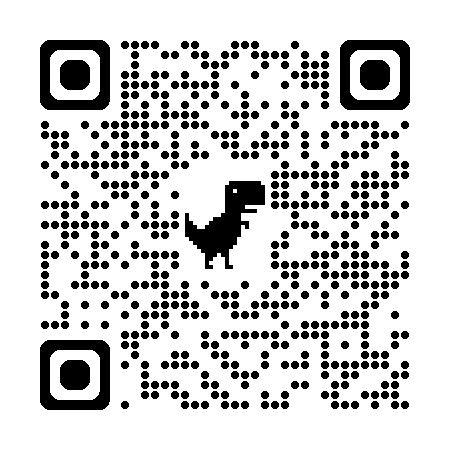0086-18057388688
The versatile world of Knitted Fabric: comfort, style and innovation
Knitted fabric is an important part of modern textiles, prized for its elasticity, softness, and breathability. Unlike woven fabrics, which are made by intertwining two sets of yarns at right angles, Knitted Fabric is made by twisting the yarns around each other to form a series of connected loops. This unique structure gives knitted fabrics their unique flexibility and comfort.
A Brief History of Knitted Fabric
Knitting has a long and storied history. The earliest known knitwear was discovered in Egypt in the 11th century. Over the centuries, knitting has evolved from a craft to a global industry, and the invention of the knitting machine in the 16th century marked a turning point, making mass production of knitwear possible and revolutionizing the textile industry.
Types of Knitted Fabric
Knitted Fabrics are mainly categorized into two types: Weft Knitted Fabrics and Warp Knitted Fabrics.
- Weft-knitted fabrics: made from yarns wound horizontally in loops, they are the most common knitted fabrics, including flat knitted fabrics, ribbed knitted fabrics, and double-sided knitted fabrics. Due to its elasticity and softness, weft knitted fabrics are widely used for T-shirts, underwear, and casual wear.
- Warp knitted fabrics: made from yarns wound vertically in loops, including Tricot knitted fabrics and Raschel knitted fabrics. Warp knit fabrics are more stable and less stretchy than weft knit fabrics and are suitable for sportswear, underwear, and industrial applications.
Advantages of Knitted Fabric
Knitted Fabric offers several advantages:
- Comfort: Their inherent elasticity allows for greater flexibility.
- Breathability: The open-loop structure promotes air circulation and helps regulate body temperature.
- Versatility: It can be made from a variety of fibers, including cotton, wool, polyester, and spandex.
- Easy care: Many knit garments are machine washable and wrinkle resistant.
Fashion and other applications
Knitted fabrics are a must-have for everyday fashion - T-shirts, leggings, sweaters, and sportswear all rely on their stretch and comfort. But their uses go far beyond clothing. Thanks to their lightweight and adaptable nature, knitted fabrics are also used in a wide range of applications, including medical devices, automotive interiors, home décor, and even space exploration.
Knit Innovations
In recent years, technological advances have pushed the boundaries of knitted fabrics. 3D knitting technology allows for seamless garments that minimize waste, in keeping with sustainable fashion trends. Smart textiles embedded with sensors can monitor health indicators, opening up new possibilities for wearable technology.
Knitted Fabric remains one of the most dynamic and adaptable materials in textiles. From cozy sweaters to high-performance sportswear to cutting-edge innovations, its influence is deeply embedded in our daily lives. As technology continues to evolve, the potential of this timeless textile will continue to be unlocked.
































